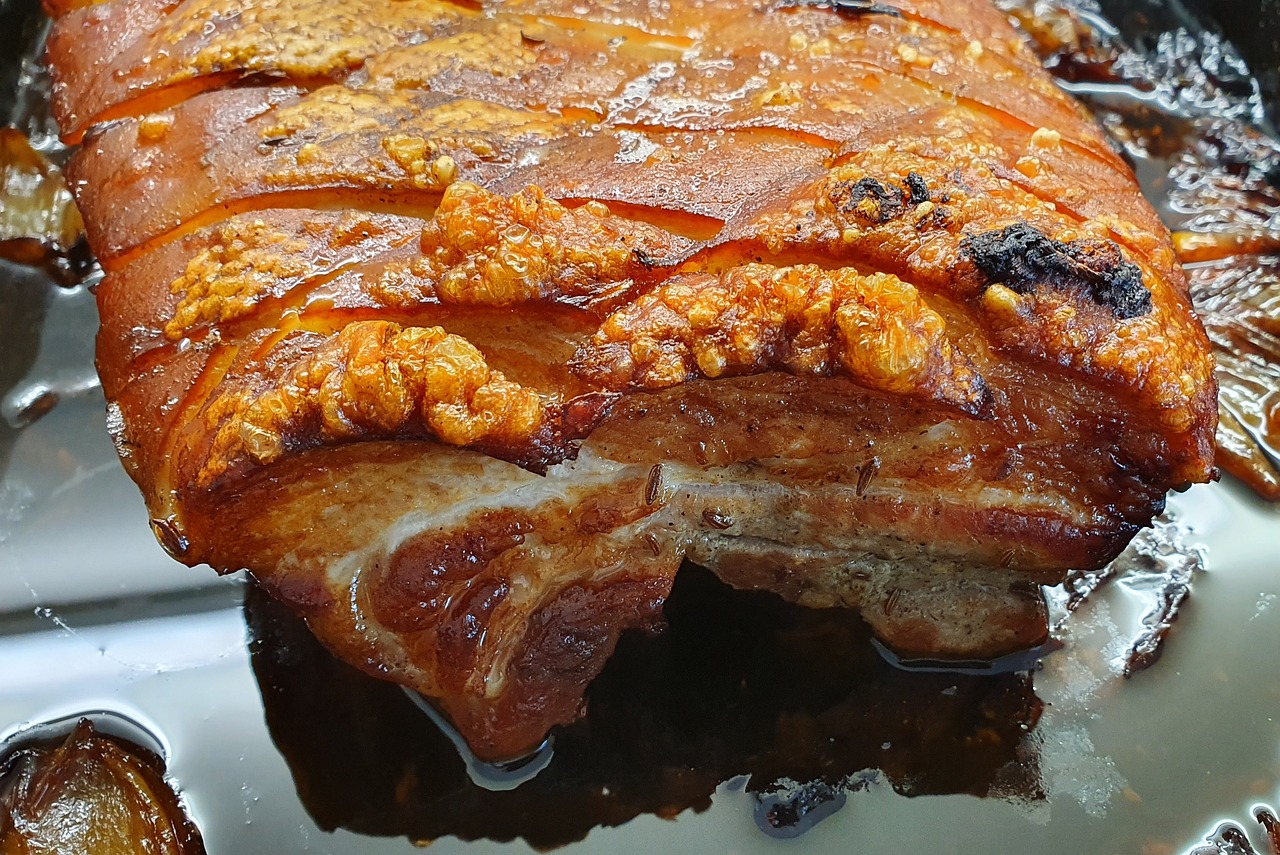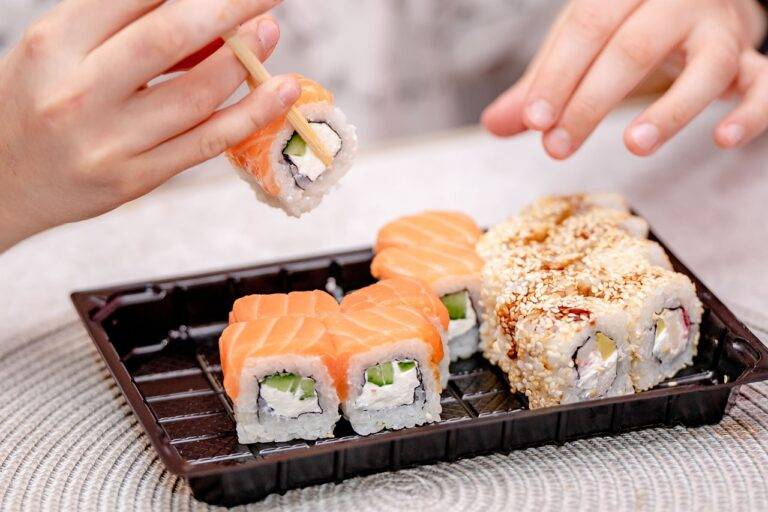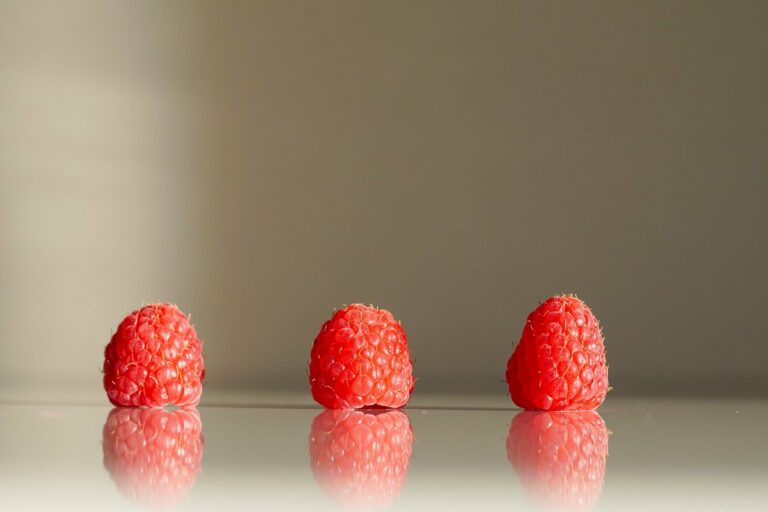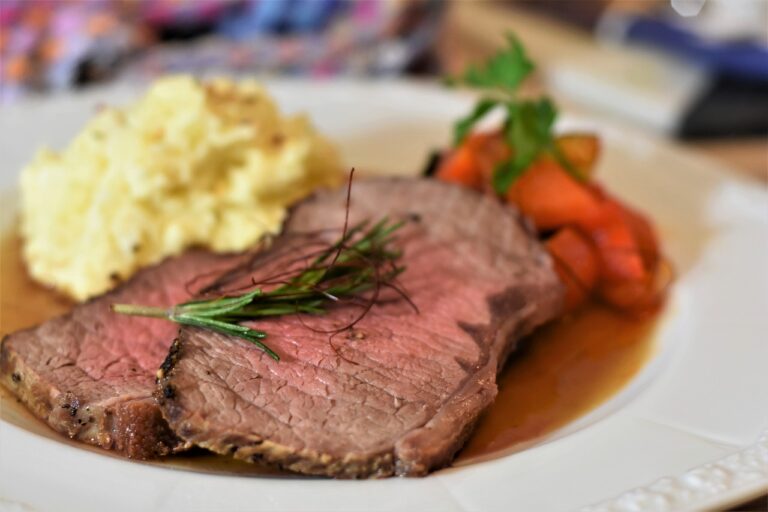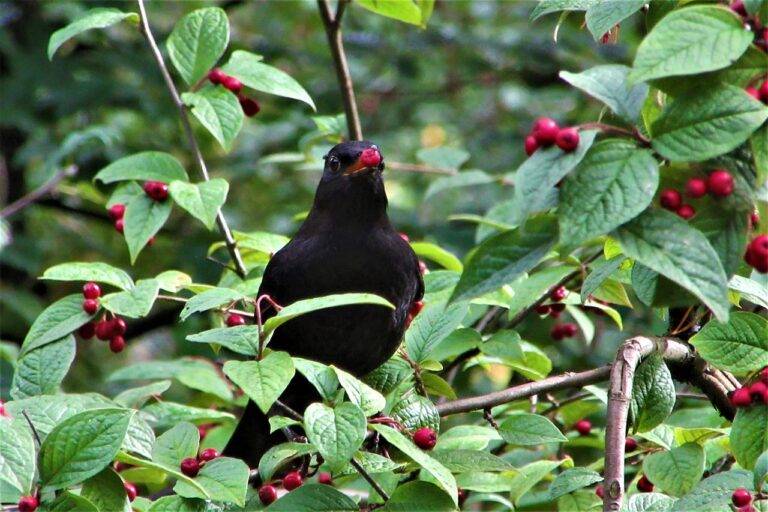The Role of Jams and Jellies in Afternoon Tea: Silverexch, Goldenexch. Bet, Betbook247
silverexch, goldenexch. bet, betbook247: Afternoon tea is a delightful tradition that has been enjoyed for centuries. It provides the perfect opportunity to slow down, relax, and enjoy a variety of sweet and savory treats. One essential component of any afternoon tea spread is jams and jellies. These fruity spreads not only add a burst of flavor to scones and pastries but also play a crucial role in enhancing the overall experience. In this blog post, we’ll delve into the role of jams and jellies in afternoon tea and why they are a must-have addition to any tea time gathering.
The History of Jams and Jellies in Afternoon Tea
Jams and jellies have a rich history that dates back to ancient times. The art of preserving fruit in sugar has been practiced for centuries as a way to enjoy the flavors of fresh fruit year-round. In the 17th century, jam-making became more widespread in England, and it quickly became a staple at afternoon tea gatherings. The Victorians, known for their love of all things refined and elegant, popularized the tradition of serving scones with clotted cream and jam, a combination that is now synonymous with afternoon tea.
The Role of Jams and Jellies in Afternoon Tea
Jams and jellies play a crucial role in afternoon tea by adding a touch of sweetness and tanginess to an array of treats. Whether slathered on warm scones or spread on delicate finger sandwiches, these fruity preserves enhance the flavors of other tea time staples. They also provide a burst of color and vibrancy to the overall spread, making them a feast for the eyes as well as the taste buds.
1. Enhancing the Flavor of Scones
One of the most iconic ways to enjoy jams and jellies in afternoon tea is by pairing them with warm, buttery scones. The contrast of the slightly tart jam against the rich, flaky scone creates a harmonious balance of flavors that is simply irresistible. Whether you prefer classic strawberry jam, zesty lemon curd, or tangy orange marmalade, there’s a jam or jelly to suit every taste.
2. Adding a Touch of Sweetness to Pastries
In addition to scones, jams and jellies can also be used to enhance the flavor of a variety of pastries served during afternoon tea. From buttery croissants to flaky puff pastry tarts, a dollop of your favorite jam can elevate even the simplest of pastries to gourmet status. The sweetness of the jam complements the buttery richness of the pastry, creating a heavenly combination that is sure to impress your guests.
3. Pairing Perfectly with Savory Treats
While jams and jellies are often associated with sweet treats, they can also be used to enhance the flavor of savory dishes served during afternoon tea. A dollop of tangy chutney on a savory scone or a spoonful of spicy pepper jelly on a savory tart can add a surprising twist to your tea time spread. The combination of sweet and savory flavors creates a dynamic culinary experience that will delight your taste buds.
4. Providing Variety and Color to the Spread
Jams and jellies come in a rainbow of colors and flavors, making them a versatile addition to any afternoon tea spread. Whether you opt for traditional flavors like raspberry and apricot or more exotic varieties like fig and ginger, there’s a jam or jelly to suit every palate. The vibrant colors of these fruity preserves add visual appeal to the spread, making them a feast for the eyes as well as the taste buds.
5. Offering a Homemade Touch
There’s something special about homemade jams and jellies that store-bought varieties simply can’t replicate. Making your own jams allows you to control the ingredients, ensuring that they are fresh, natural, and free from preservatives. Serving homemade jams at your afternoon tea gathering adds a personal touch that will impress your guests and show them that you’ve put time and effort into creating a memorable experience.
6. Complementing a Variety of Tea Flavors
The beauty of jams and jellies is that they can complement a wide range of tea flavors, from delicate green teas to robust black teas. The fruity sweetness of jams and jellies adds depth and complexity to the tea, enhancing its flavor profile and creating a more enjoyable drinking experience. Whether you prefer a classic Earl Grey tea or a floral herbal infusion, there’s a jam or jelly that will pair perfectly with your favorite brew.
FAQs
Q: Can I substitute jams and jellies with other spreads at my afternoon tea?
A: While jams and jellies are traditional choices for afternoon tea, there are plenty of other spreads you can use to add flavor to your tea time spread. Options like honey, clotted cream, nut butter, and chocolate spreads can all serve as delicious alternatives to jams and jellies.
Q: How should I store homemade jams and jellies?
A: Homemade jams and jellies should be stored in airtight containers in the refrigerator to preserve their freshness. Be sure to label each jar with the date it was made and consume them within a few weeks for optimal flavor.
Q: Are jams and jellies high in sugar?
A: Jams and jellies are indeed high in sugar due to the fruit and sugar content used in their preparation. While they are a delicious treat in moderation, it’s important to enjoy them as part of a balanced diet.
Q: Can I make jams and jellies without pectin?
A: Yes, you can make jams and jellies without pectin by using natural pectin-rich fruits like apples, grapes, and citrus fruits. These fruits naturally contain pectin, which helps the jam or jelly set without the need for added pectin.
In conclusion, jams and jellies are an essential component of any afternoon tea spread, adding flavor, color, and a touch of homemade charm to the table. Whether enjoyed with scones, pastries, or savory dishes, these fruity preserves enhance the overall tea time experience and make every bite a delight. So the next time you host an afternoon tea gathering, be sure to include a variety of jams and jellies to impress your guests and elevate your tea time spread.

